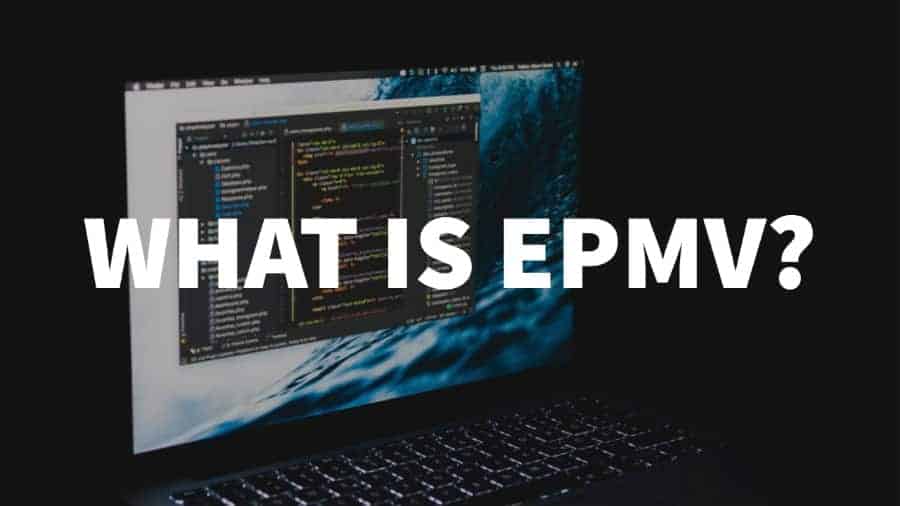This post was most recently updated on September 12th, 2021
EPMV might be a metric you haven’t heard about before. It makes sense, with so many metrics to keep track of in the world of digital publishing, a few are bound to slip under the radar.
However, recently, publishers have started using this metric to better measure and optimize revenue. Let’s take a closer look at what it is, why you should use it, and more.
What is EPMV?
EPMV is also known as earnings per thousand visitors or Session RPM. In simple terms, this metric measures how much money you earn for every 1,000 visitors across your whole website and not just a specific page or ad unit.
You can calculate it by:
EPMV = Total earnings / (visitors / 1,000)
Let’s calculate the EPMV with an example:
A website earned $1,500 in AdSense revenue, $1,000 through media.net and $500 through a DistrictM for April. They only monetize their content through ad monetization. In total, they earned $3,000 in ad revenue for April. However, the traffic they generated was 1,500,000 visitors.
EPMV = $3,000 / (1,500,000 / 1,000) = $2
That means that for every 1,000 visitors that came to their site, they earned $2 in ad revenue.
What are the benefits of using this metric?
The goal with EPMV is to enable publishers to measure revenue for their sites as a whole. Other metrics like Page RPM only focus on a page per page basis. Let’s say you are testing ad layouts on your site, and for a particular page, you decide to add a few additional ad units. As a result, your ad revenue might increase for that specific page.
However, because users are finding it hard to consume your content because of an ad overload, some bounce quicker than before. Instead of visiting many more pages and increasing their chances of clicking on your ads, they only visit one page and leave because of a bad experience.
EPMV gives you a bird’s eye view. This way, you can determine whether the changes to your layout from one page are damaging your ad earnings overall. Keep in mind that this is just an example to illustrate a point and that with any ad optimization testing is required.
Keep in mind, however, that EPMV and Session RPM are the same and that Session RPM is more commonly used among publishers. Be sure to read more about the different types of RPM (RPM, Page RPM, Session RPM) and eCPM as these metrics are often used in the digital advertising industry.
Conclusion
Now you have a better understanding of EPMV, how to calculate it and how to get an overall picture of how your site is performing. However, as you’ve probably noticed, metrics can become confusing. Often it requires many hours of researching, learning, and not to mention testing ads to increase your ad earnings.
Why not save yourself all the time and hassle and instead focus on what you do best? Let MonetizeMore take care of your ads for you and optimize them through our team of ad experts, range of proprietary technology and header bidding tools.
Sign up for a Starter account at MonetizeMore today!
Kean Graham is the CEO and founder of MonetizeMore & a pioneer in the Adtech Industry. He is the resident expert in Ad Optimization, covering areas like Adsense Optimization,GAM Management, and third-party ad network partnerships. Kean believes in the supremacy of direct publisher deals and holistic optimization as keys to effective and consistent ad revenue increases.
